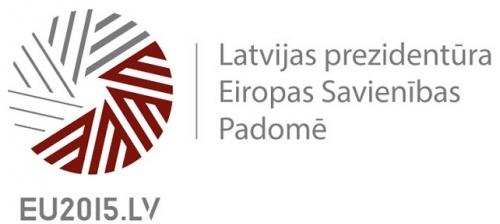 What is the problem?
What is the problem?
Since 1990 the Danish Government and local authorities are pursuing an ambitious afforestation plan to double the forest area in Denmark in the next 100 years, corresponding to 4000 – 5000 ha annual increase of forest.
The competition between different land uses in Denmark is high (e.g. agriculture, industry and urban areas) and therefore assessing benefits associated with forests can help to inform decision-makers on the (socio-economically) most optimal location of new forests.
Which ecosystem services were examined and how?
An assessment was undertaken for all 52 public forests in North Zealand in Denmark, including the region of Copenhagen. Public forests in this region represent the vast majority of all forests.
The assessment focused on the recreational values that forests in North Zealand region in Denmark provide to the public, i.e. cultural and recreational ecosystem services. These included, for example, the use of forests for recreational activities (e.g. walking, jogging, cycling, picnicking, camping or hunting) and aesthetic values. The assessment estimated which type of forests people prefer to visit, the total recreation value that different types of forests provide the public.
Results of the assessment
The assessment found that the population has rather heterogeneous preferences towards recreational characteristics of forests. According to the study, the main elements determining demand and preferences for recreational services include the level of accessibility to the sites (i.e. distance from home to site); characteristics of the forest sites (eg size, level of broadleaf species available, age of tree stands, presence of water, degree of open land, nature quality of surrounding areas, slope, distance to coast and species diversity); and visitor characteristics (age, ownership of car and income).
Did the examination of ecosystem services generate impacts on decision-making or policies?
The methodology described in this case study has been used by the Danish Ministry of Environment, interested in establishing the economic rationale for public afforestation projects and in showing the case for applying economic models to assessing economic welfare effects of new projects.
Lessons learned
The valuation framework developed in the context of the North Zealand assessment can be applied to estimate a minimum value for new forest recreation sites in areas where afforestation has already been planned and initiated. Once such data has been collected, the methodology offers a wide range of applications of direct use for informing policy making when deciding on changing management and/or structures of existing forests or when deciding on the execution of an expansive forest policy. However, afforestation is a long term project where maximum welfare may only be reached after 40 to 80 years after the forest has been planted.
Information prepared within the project "Non-governmental sector participation in the international conference" EU Biodiversity strategy implementation "" financed by Latvian national budget-funded program "Support for public participation in the Latvian Presidency of the Council of the European Union implementation" and administered by the Society Integration Foundation.

